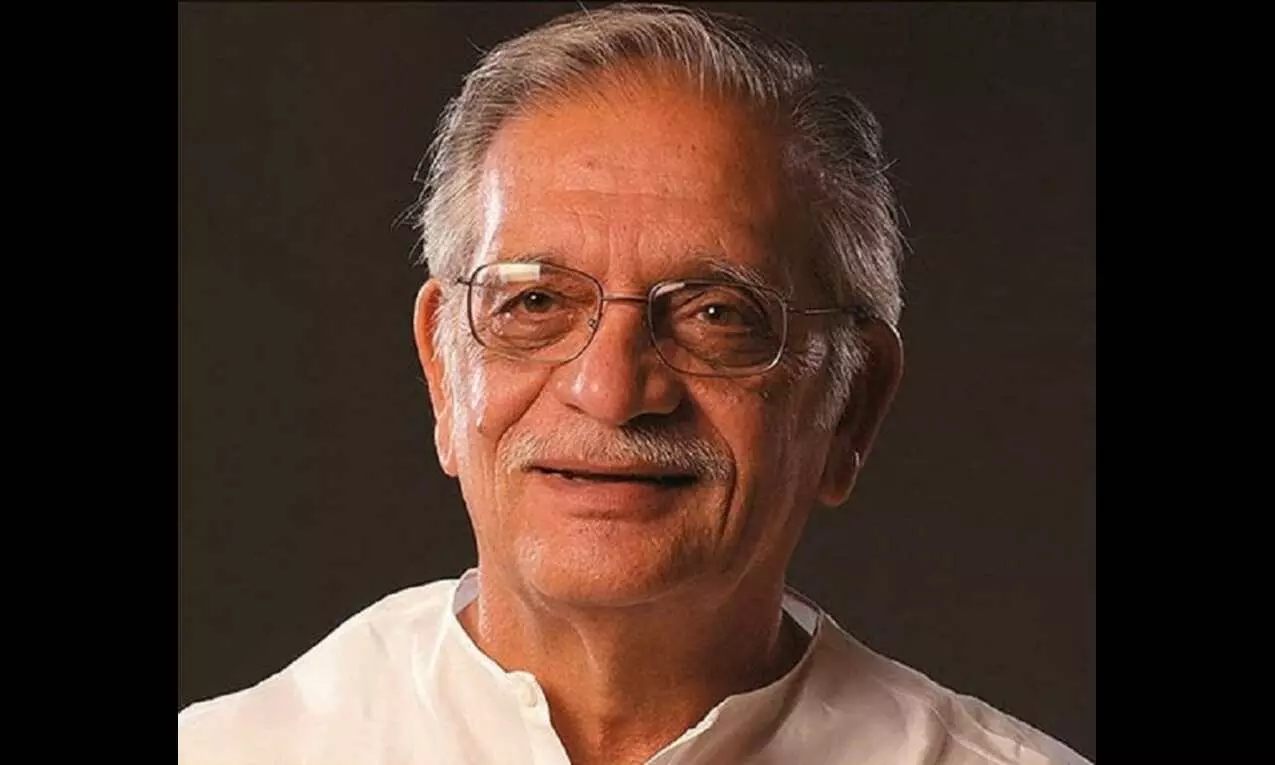Indian cinema has not rid itself of trappings of early talkies era: Gulzar

Indian cinema hasn’t rid itself of the trappings of the early talkies era, with films continuing to repeat the ‘same old clichés’ of excessive dialogue, songs and fights, said Urdu poet and lyricist Gulzar.
While delivering the ‘Samvatsar lecture’ at the 39th edition of Sahitya Akademi’s Sahityotsav, the Jnanpith awardee said that ‘sounds and words may have changed, but the essence of the narrative has remained the same’.
“Unfortunately, Indian cinema has still not rid itself of the trappings of the early talkies’ era. As in ‘Alam Ara’ or ‘Hunterwali’, we are still repeating the same old clichés of excessive dialogue, songs, fights, chases and whatnot,” the ‘Maachis’ director said.
According to Gulzar, the visuals have advanced with ‘the galloping advance in technology’, and with special effects, the green screen and sound effects are here to stay.
“Let’s just hope the newfangled images of artificial intelligence don’t lead to any semblance of deterioration,” Gulzar said.
The celebrated poet started his career as a songwriter in the 1960s in films, including ‘Kabuliwala’, ‘Bandini’, ‘Aashirwad’ and ‘Khamoshi’. Gulzar has also written dialogues and scripts for films in his career spanning seven decades. He has also directed award-winning films including ‘Koshish’, ‘Parichay’, ‘Aandhi’, ‘Angoor’ and ‘Hu Tu Tu’.
The Samvatsar lecture was on the topic of ‘Cinema and Literature’. The Padma Bhushan awardee talked about the two creative streams and how they have influenced and interacted with each other since the advent of cinema.
Gulzar noted that since the beginning of Indian cinema, the industry has adapted literary works for the screen, including Dadasaheb Phalke’s ‘Raja Harishchandra’, ‘Satyavan Savitri’ and ‘Lanka Dahan’.
“Suffice it to say, considerable dramatic changes and improvisations were made to the original texts. This was to make them more engaging and palatable for the audience. The authenticity of the text, even the holiest of scriptures, ended from that juncture,” he pointed out.



